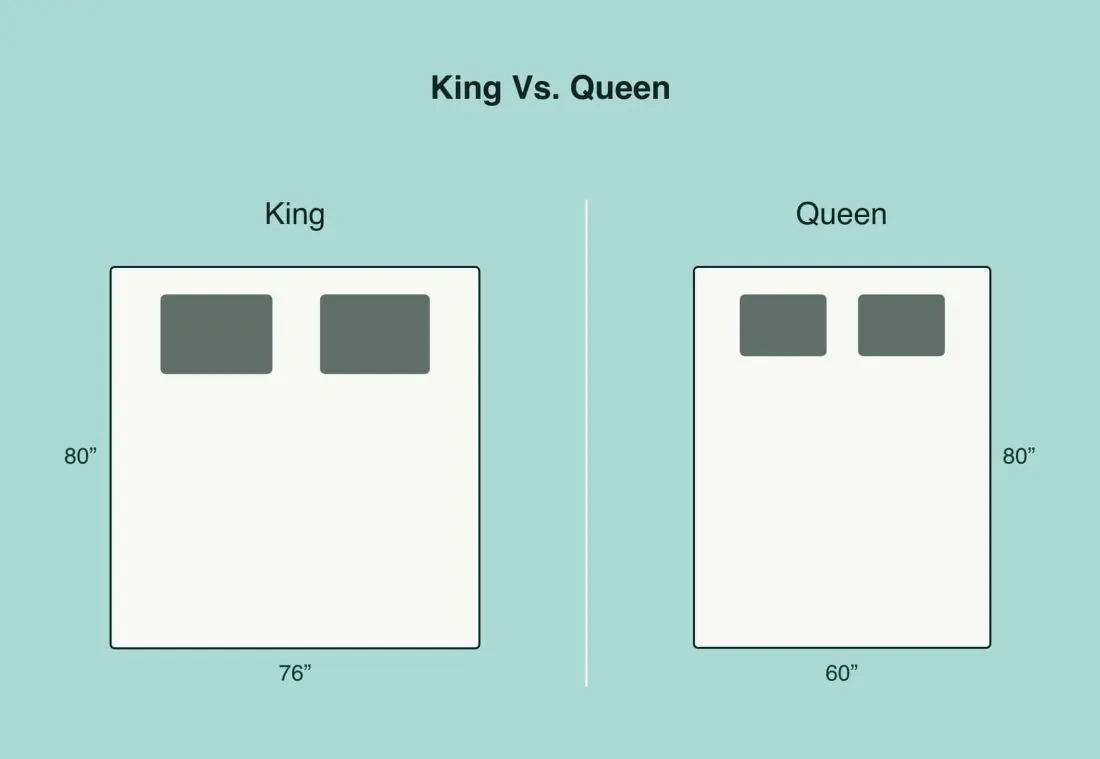
When contemplating the ideal mattress, one of the pivotal queries that emerges is the comparison between the queen and full mattress sizes. As living spaces become more varied and personalized, choosing the appropriate bed size has significant implications not only for comfort but also for the overall aesthetics of a bedroom. In this guide, we will delve into the various dimensions, advantages, and practical considerations of both queen and full mattresses. Understanding these distinctions is essential for making an informed decision that caters to individual needs.
1. Understanding Mattress Sizes
To engage in an informed discussion about mattress sizes, one must first comprehend the exact dimensions. A standard full mattress, often referred to as a double, measures 54 inches wide by 75 inches long. In contrast, a queen mattress boasts a wider dimension of 60 inches in width, coupled with a length of 80 inches. The queen mattress provides an additional six inches of width and five extra inches in length compared to its full-sized counterpart. These differences, though seemingly minuscule, can have a profound impact on sleep quality and space utilization.
2. Sleeping Capacity
When determining which bed is more suitable, one must consider the number of occupants. A full mattress is designed primarily for individual sleepers or those who prefer a cozier feel when sharing the bed. With room for one or two people, it can accommodate a pair in a more intimate setting. Conversely, the queen mattress is the industry standard for couples seeking space without compromising intimacy. The additional width allows each partner to enjoy personal space, thereby minimizing disturbances from movements during the night. Thus, while both mattress types can serve dual purposes, the queen bed is undoubtedly superior for couples or individuals who appreciate a more expansive sleeping area.
3. Room Dimensions and Space Considerations
The choice between a queen and a full mattress also hinges upon the dimensions of the room wherein the bed will reside. A full mattress is often deemed suitable for smaller bedrooms or multifunctional spaces, such as studios or guest rooms. The compact footprint allows it to blend seamlessly with limited spatial layouts. Conversely, a queen mattress tends to dominate smaller spaces, making it more suitable for larger bedrooms where it can be complemented by additional furnishings such as nightstands or decorative elements. Hence, assessing room size and intended furniture arrangement is paramount in making an appropriate choice.
4. Comfort and Sleep Quality
The psychological impact of sleep quality cannot be overstated. The width and length of a mattress directly correlate to the comfort and restfulness experienced during slumber. A full mattress, while offering satisfactory comfort for individual sleepers, can feel restrictive for two individuals, particularly if one or both partners have active sleep habits. The queen mattress, by contrast, mitigates those concerns, providing ample room for dynamic movement. This ensures that both partners can experience uninterrupted rest, an essential factor in maintaining overall well-being.
5. Affordability and Budget Considerations
Cost is a decisive factor for many buyers. Full mattresses generally sit at a lower price point compared to queen mattresses. For individuals on a stringent budget or those purchasing for a temporary living arrangement, a full mattress might seem like the preferred option. However, one must factor in the long-term investment. The greater longevity and enhanced comfort of a queen mattress may offset the higher initial expenditure, making it a more prudent choice in the long run.
6. Aesthetic Appeal and Bedroom Design
The visual aspect of a mattress should not be overlooked. A queen bed often serves as a centerpiece in a bedroom, with its larger presence allowing for a more substantial headboard and elaborative bedding options. This can significantly enhance the overall decor and ambiance of the room. Conversely, a full mattress, while versatile, may yield a relatively minimalist aesthetic, better suited for smaller or more casual environments. Thus, when contemplating bed sizes, the ability to harmonize with bedroom design can markedly influence the decision.
7. Pros and Cons
To sum up the discussion, it is prudent to evaluate the advantages and disadvantages of each mattress size:
- Full Mattress:
- Pros: Cost-effective, ideal for small spaces, suitable for single sleepers.
- Cons: Limited space for couples, less longevity in terms of adaptability.
- Queen Mattress:
- Pros: Comfortable for couples, ample space for movement, long-term investment.
- Cons: Higher cost, requires more room space, may overwhelm smaller bedrooms.
8. Conclusion
The decision between a queen and a full mattress ultimately depends on various factors, including personal sleeping habits, room dimensions, budget, and aesthetic preferences. For those requiring more space to ensure wakeful nights and restful sleep, a queen mattress is the optimal choice. Alternatively, a full mattress can suffice for single occupants or those prioritizing economic efficiency. Whichever option is selected, a meticulous consideration of personal requirements will ultimately lead to a more satisfying and restorative nocturnal experience.
